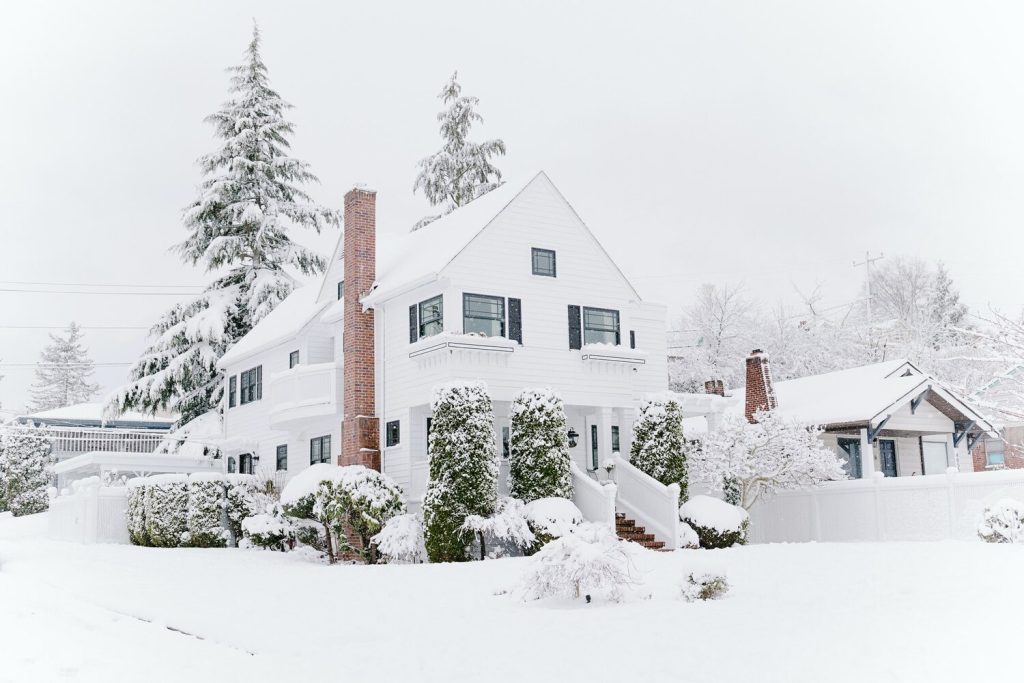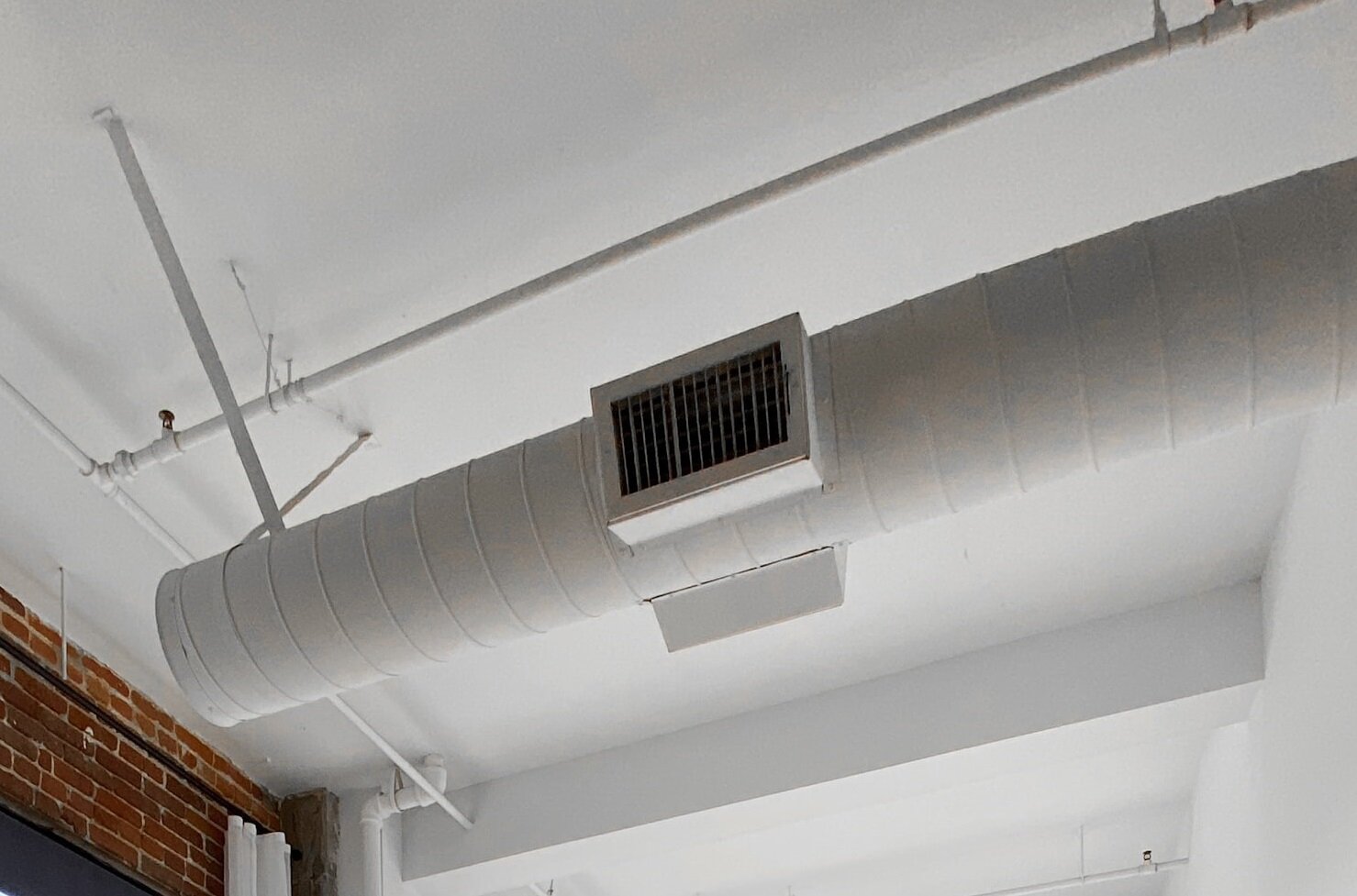May 13, 2021
Furnace Maintenance Tips

You might be wondering: what do I need to do to keep my furnace going strong? Keeping your HVAC system in good repair is a key part of being a good homeowner or building manager, and it has big ramifications for your comfort and your bills. So what is good furnace maintenance?
Studies estimate that a good 29% of the money the average family spends on bills goes to heating. If your furnace is eating up almost a third of your budget for household bills, it’s important to know what you can do to keep costs low and make sure your furnace is operating with maximum efficiency.
There are a few furnace maintenance tips that you can use to make sure you’re not going to be caught out with a broken furnace – let’s take a look.
Furnace Maintenance Tips:
- Replace furnace filter regularly
- Clean your furnace
- Clean and clear your air ducts
- Check and clean your flame sensor
- Check your exhaust flue
Furnace Maintenance Tips: Replace Furnace Filter Regularly
Your furnace filter is a key piece of the whole HVAC outfit, and it needs to be changed or cleaned regularly. As air cycles through your home, it picks up dust and dirt and carries it back into the ductwork. Cooled air is sent back to the furnace to heat up again, and the filter stops the dirt and dust from getting inside the machinery and causing problems.
This is one of the simplest furnace maintenance tips – the filter is usually in a simple slot on your furnace, and replacing it is a five-minute job. If you keep up with it, it will spare you problems down the line. Some furnaces are designed with a long-term filter that needs to be cleaned to allow for proper airflow and shouldn’t be thrown away. Others are disposable, and if your furnace is designed for a disposable filter, make sure you replace it.
How often should you replace or clean your furnace filter? We’ve put together a guide to help you find that out for your home!
Furnace Maintenance Tips: Clean Your Furnace
Just like anything else in your home, your furnace needs to be cleaned. The accumulation of dirt, dust, and grease can cause all kinds of problems that stop it from igniting. Taking an hour or two once every year to take the furnace out and give it a thorough cleaning will make sure that it is ready for the winter season.
All you need for these furnace maintenance tips to clean your furnace is a vacuum with a pipe hose attachment, a stiff-bristled brush, cloths, a mild soap, a drinking straw, and a toothbrush. Check out our guide on How to Clean a Furnace for more information!

Furnace Maintenance Tips: Clean and Clear Your Ducts
Keeping your air ducts clean is a huge part of maintaining your home as a whole, not simply a key to furnace maintenance tips. Clean air ducts keep the air quality in your home at its best, allow you to reduce your energy bills by making it easier for your HVAC system to do its job, and help reduce allergies in the home.
Cleaning your air ducts is part of your furnace maintenance because air needs to be able to circulate throughout your house for the furnace to function properly. If there is a blockage or a delay because of a blocked duct, the temperature in your home will be spotty and the furnace will have to work harder.
You can clean your air ducts yourself – we show how to do that here. However, if you are working with an old building or one that hasn’t been cleaned in a long time, we recommend getting a free assessment from a professional because your air ducts may need more attention than you can give.

Check out the weird and wonderful things we’ve found in different air ducts over the years! These are the things only a professional-grade vacuum suction can retrieve.
Furnace Maintenance Tips: Check and Clean Your Flame Sensor
The flame sensor is a crucial part of the furnace because it is what determines if a flame will be ignited and it monitors the flame to keep it burning. If your flame sensor is damaged, your furnace will stop turning on – not a position you want to be in the middle of Utah’s winters!
So it’s important in furnace maintenance to check your flame sensor regularly. To do so, make sure that your furnace is turned off – unplugged if need be – and has cooled down. Open up the furnace and look for the rod level with the burner trays. Examine it – is it dusty? Does it look bent or cracked?
Most flame sensors can be unscrewed and cleaned. If yours looks damaged, you need to buy a new one – in furnace maintenance, as with most problems, prevention is better than cure.
Furnace Maintenance Tips: Check Your Exhaust Flue
The exhaust flue carries air from your home to the outdoors, and making sure that it is clear is a key part of furnace maintenance. Furnaces, particularly gas furnaces, can create hazardous gases as a byproduct of their burning. These include carbon monoxide, sulfur dioxide, and nitrogen dioxide. If these gases can’t escape safely through the flue, they will build up in your home, leading to health issues and even, in extreme cases, to death. Not one you want to take chances on! If you were looking for another reason to keep up on your furnace maintenance, this would be it.
Test to see if warm air is escaping from the flue while the heater is on, and if you have concerns, use a flashlight to look up the flue and consider calling a professional to take a look.
Final Thoughts on Furnace Maintenance
As you can see, there is not too much involved in maintaining your furnace at full capacity. Replace your filter and clean your air ducts every few months, clean the furnace itself annually, and check your flame sensor and exhaust flue periodically, and you’ve performed excellent furnace maintenance. A few routine checks and regular cleaning will keep it warming your home for years to come!

Leave a Reply